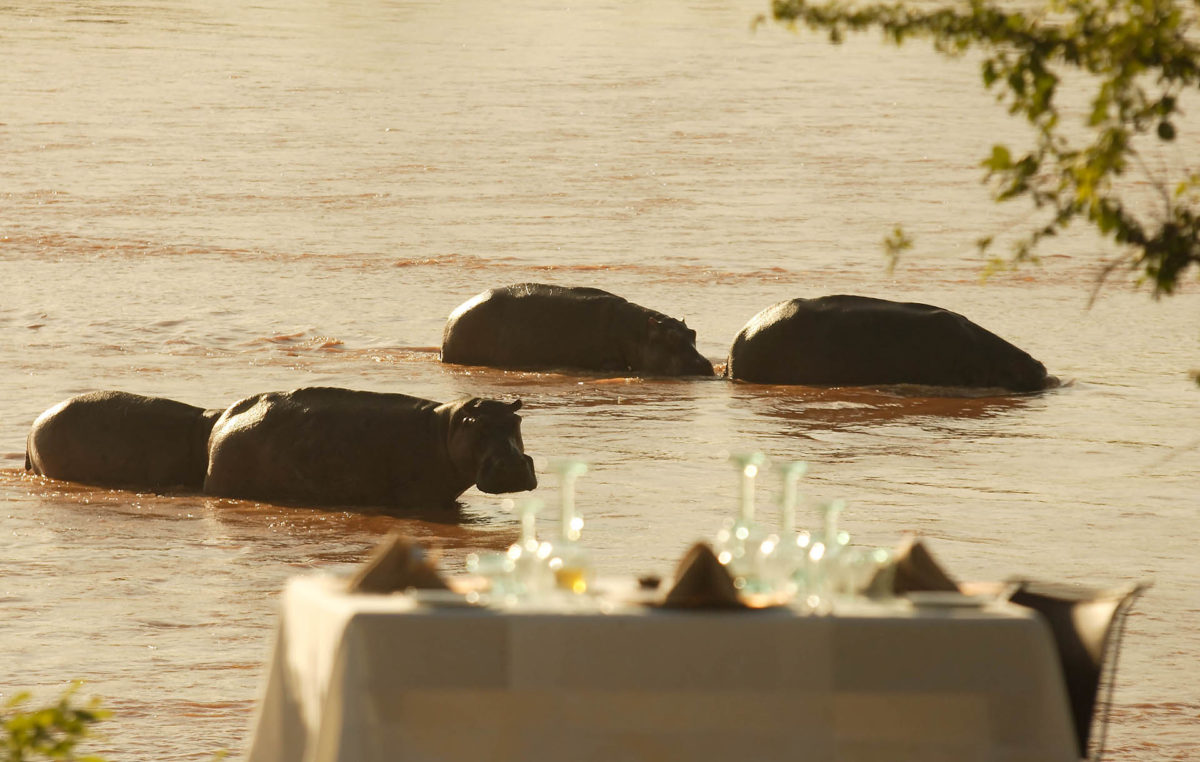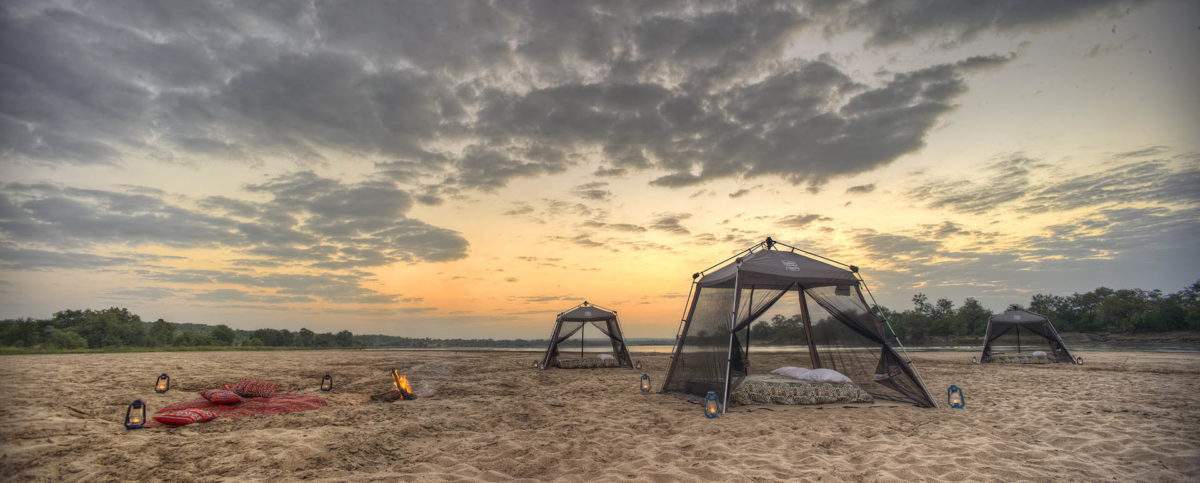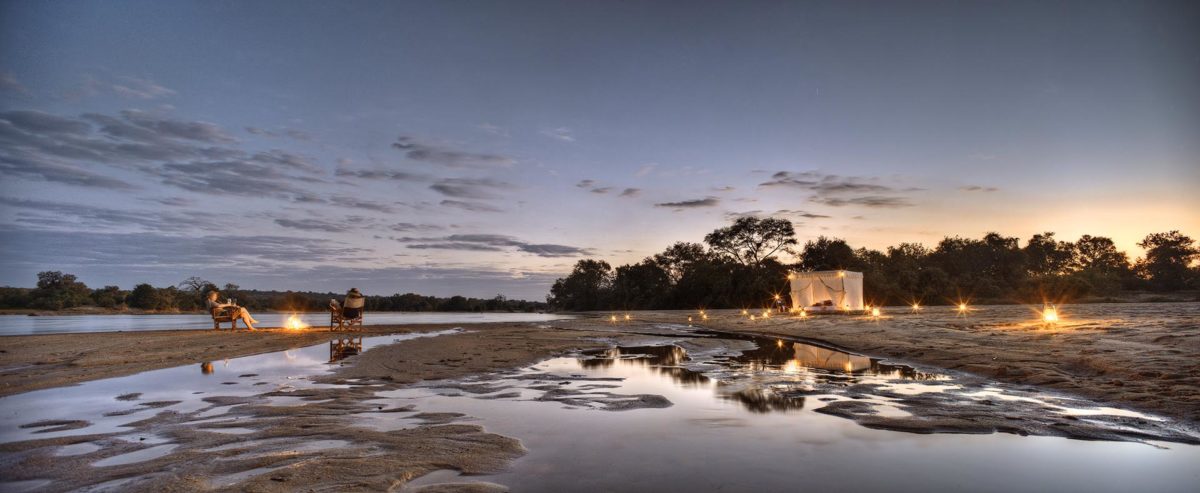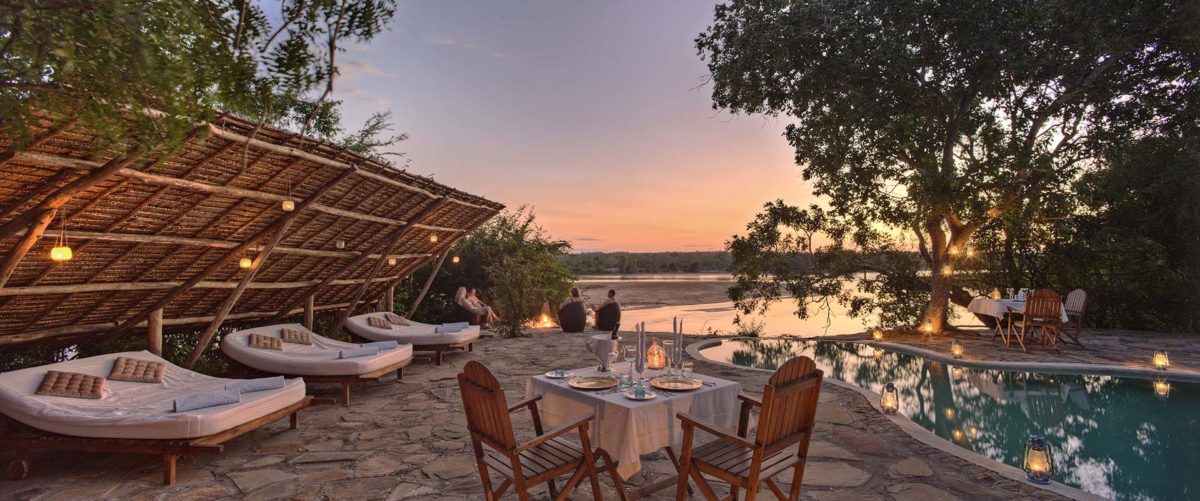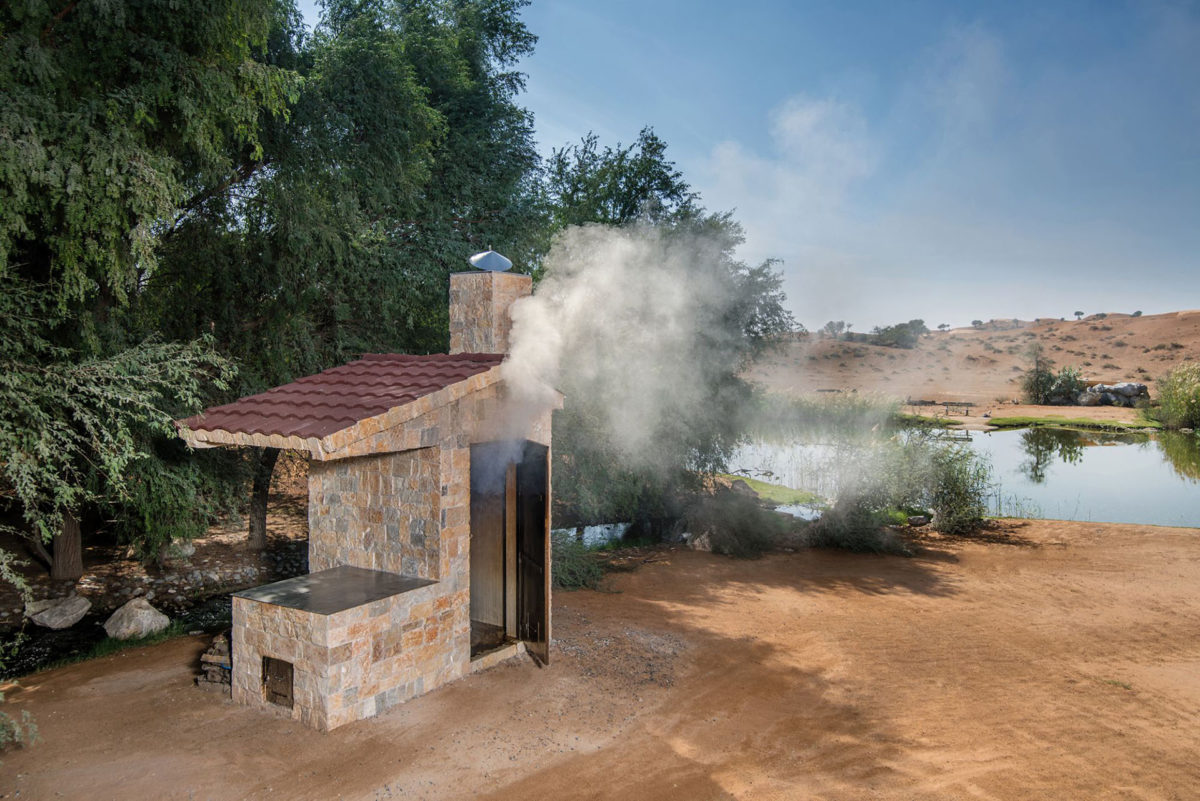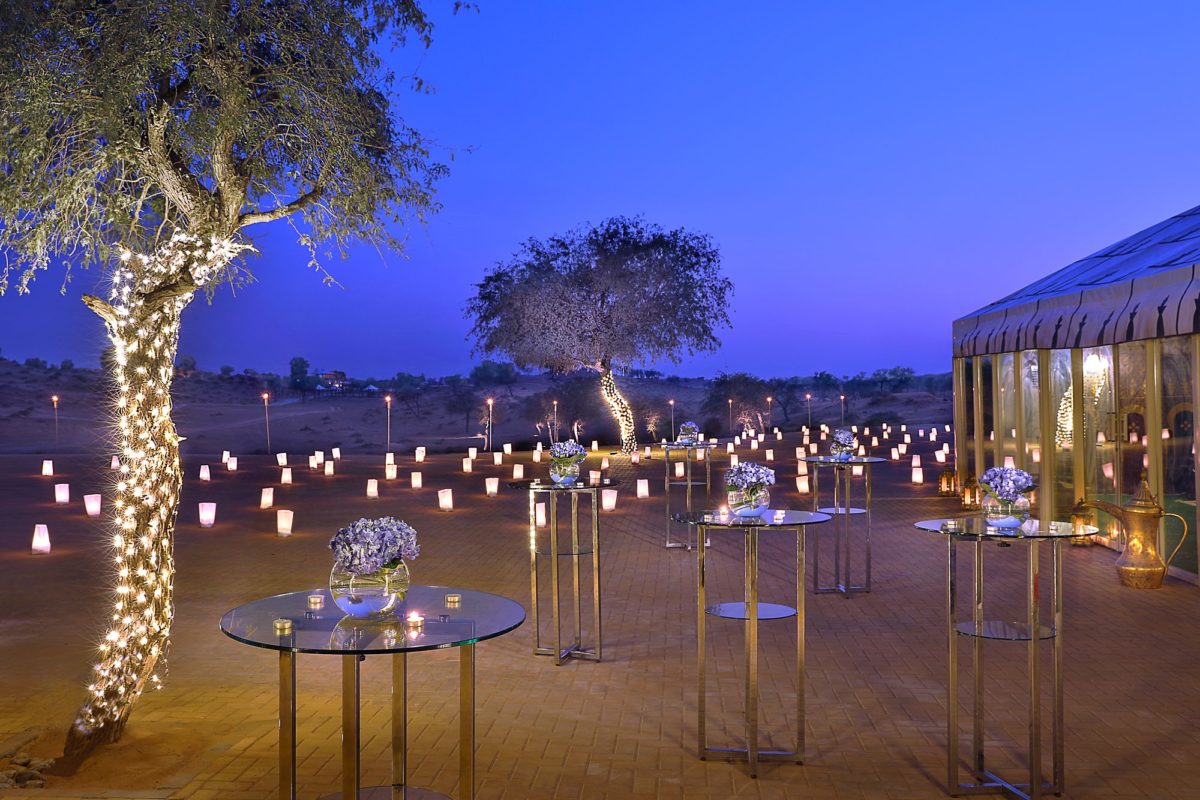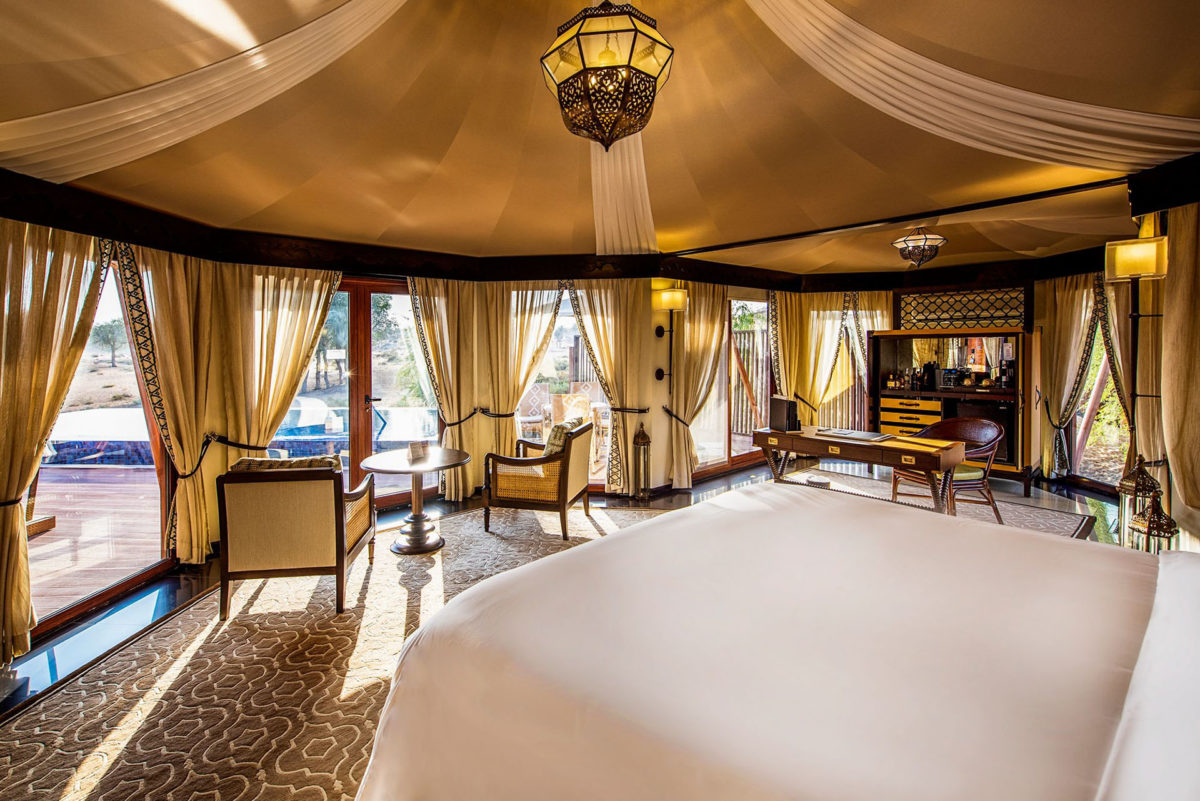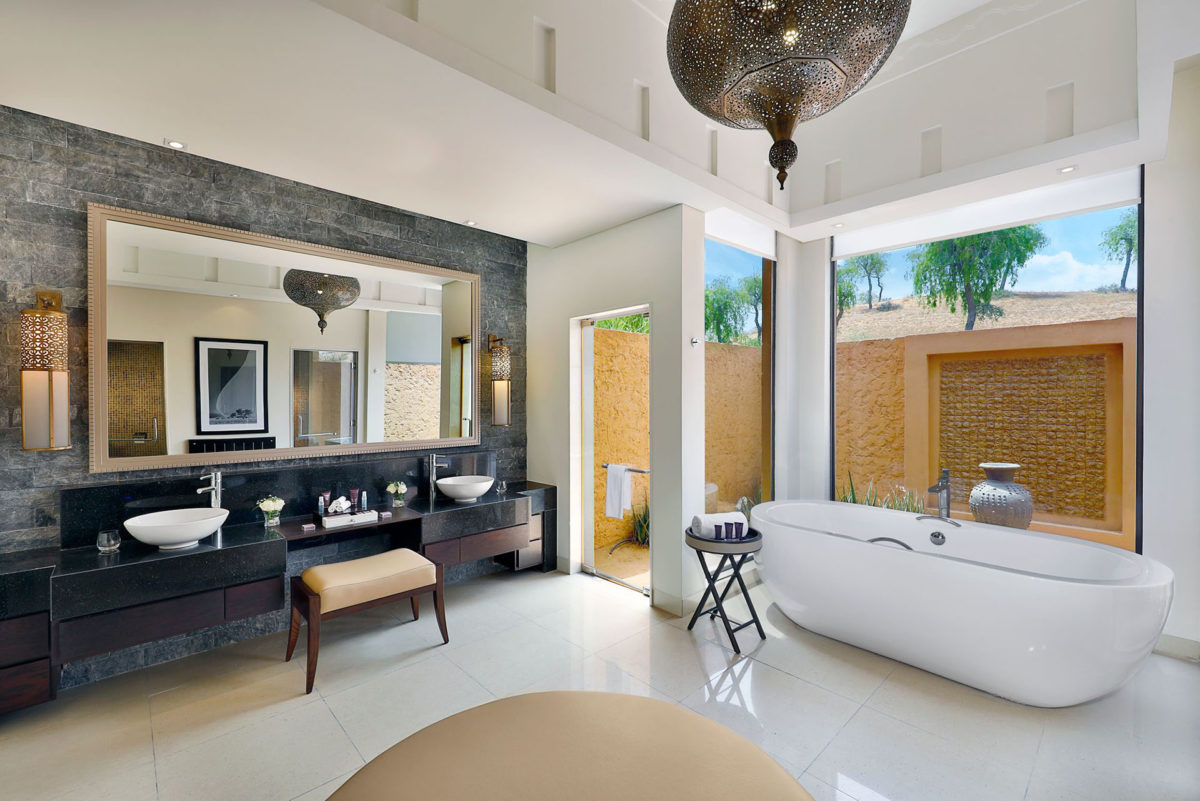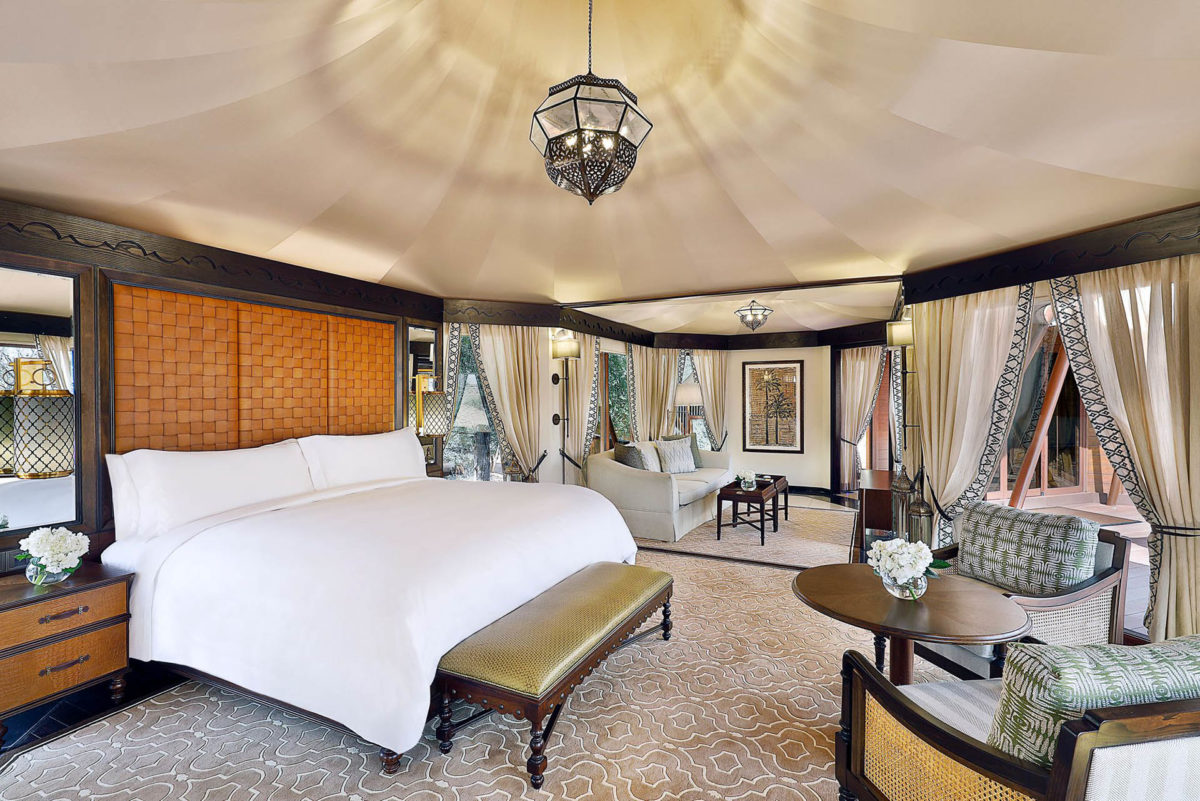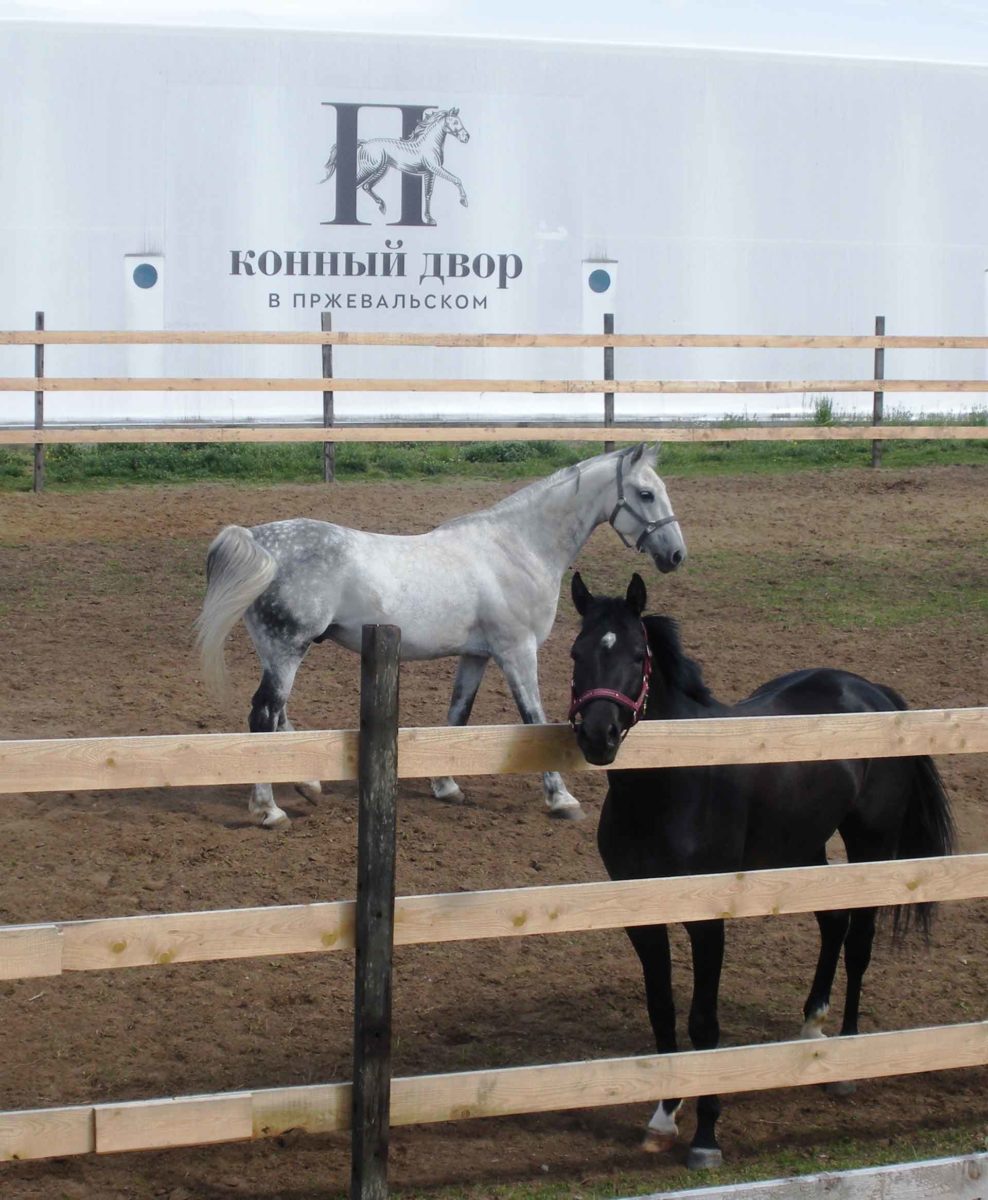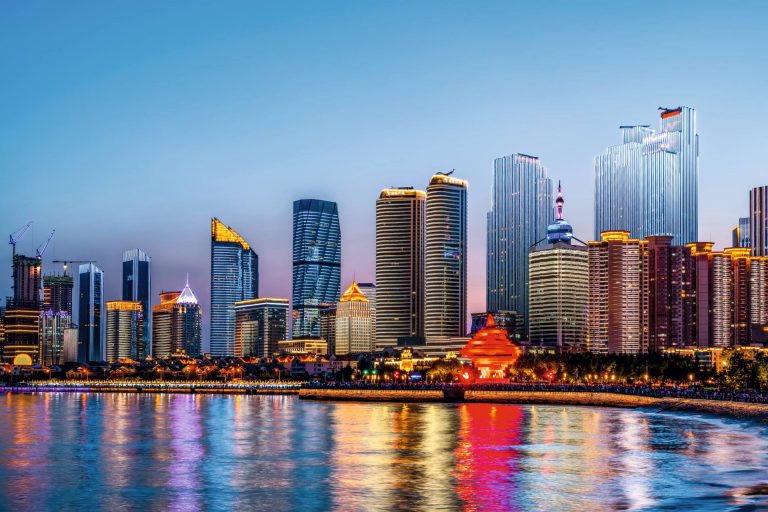Old Faithful Inn
Yellowstone National Park | USA
The Old Faithful Inn is as much an integral part of Yellowstone Park as its hydrothermal fields. It is only natural that the hotel is named after the most famous geyser – “Old Faithful” (actually, Old Faithful). And it is built very close to it, so that the guests can admire more or less regular (averaged every 80 minutes) eruptions. Asymmetrical facade of the hotel, made of wood and stone, emphasizes unpredictability of natural surroundings, and a carved triangular roof as if repeating the outlines of the surrounding mountains. The Old Faithful Inn, which appeared in 1904, was one of the first lodges in the United States. The materials used to furnish it, including special wide pine and volcanic rhyolite stone, came directly from the park. Particularly striking is the hotel’s impressive lobby, with its nearly 20-foot ceiling, enormous fireplace in the middle and several tiers of interior balconies – if the owners are to be believed, the top ones were once meant for a live orchestra. The coarse, rustic style used in the rooms later became typical of most hotels in national parks. At the Old Faithful Inn it is best to choose rooms in the west wing – they are more spacious and comfortable, although, as elsewhere, there are also no phones, no Internet, not even air conditioning. This is a seasonal hotel – usually open from May to October.
The Retreat
Selous Reservation | Tanzania
Located in the southeastern part of Tanzania, Selous is one of the oldest protected areas of the Black Continent: it emerged in 1922 on the site of former hunting grounds. In contrast to the much better-known Serengeti and Ngorongoro this reserve has managed to avoid mass tourist “pilgrimage”, the reason for which is its remoteness from the main routes and downright immense size. The area of Selous – about 55 thousand square kilometers, which is about five percent of the country and, for example, much larger than Switzerland! However, for safari for elephants, giraffes, antelopes, leopards and wild dogs, only a small part of the reserve, where The Retreat camp is located. Its buildings are a mixture of African, Arabic and Indian cultures, and the whole concept is in full accordance with the principles of feng shui. The main building housing the main restaurant, for instance, is made of clay and resembles an ancient fort; the technical communications are made of metal and some details of the interior are made of semi-precious stones mined in Africa. The campsite has just 12 stylishly furnished canvas tents mounted on teak platforms. Breathtaking views of the River Ruaha and the savannah that runs up to its banks can be enjoyed from just about anywhere-the bar with its collection of Colonial cocktails, the infinity pool, and even the bathrooms with their handmade copper tubs.
explora Patagonia
Torres del Paine National Park | Chile
In 1989, a few enthusiastic Chilean travelers, led by Pedro Ibañez, president of the agribusiness group Córpora, thought about what they themselves lacked in the field of tourism. They quickly realized that they did not just want comfortable hotels in the most remote corners of their native country, but they wanted hotels which offered expert excursions in addition to comfort. It was the words “discovery” and “expedition” that became the key words of the Ibáñez project, merging in the name explora, which means “research” in Spanish. The first hotel was explora Patagonia, or Hotel Salto Chico, which means “hotel by a small waterfall” – it stands directly in the Torres del Paine National Park, the hallmark of Chilean Patagonia. Spectacular views of the snow-covered massif with granite towers – which are called “torres” – open from any hotel room.Accordingly, no TVs when there is such a picture outside the window. Patagonia has about 50 trails in its piggy bank, the most important of which is the track to the Grey Glacier, the largest in the area: it’s 6km wide and 30m high. Even on a cloudy day “Grey”, despite its name, shines with an unreal bright and rich cobalt color, as if the ice is illuminated from within. In the final part of the trip travelers sail on a small boat right up to the overhanging steep wall of the glacier and warm themselves with whiskey: the ice of Gray’s mini iceberg is swinging in the glasses – its sailors lift it on board before the start of the cruise.
Lapa Ríos Lodge
Corcovado National Park | Costa Rica
The special charm of this country-reserve (and under the protection of a third of the state territory of Costa Rica) is not even a variety of adventure pleasures, although there is much to choose from – from bathing in thermal springs to surfing on the Pacific waves and from tours of the cloud forests to helicopter rides over volcanoes. The main enticement is the relaxed, unpretentious atmosphere of “life in the woods,” a long-standing utopia of the enlightened world. Not surprisingly, it was in Costa Rica for the first time in the world began to build the so-called eco-hotels, located in the thick of intact nature, minimally fence off the guests from the landscape and its inhabitants, while functioning without any harm to the environment. This is the case of Lapa Ríos, which is located inside a private nature reserve on the border of Corcovado National Park, where you can find a huge number of monkeys, tapirs, crocodiles, iguanas, sea turtles and even jaguars. In the bungalows of the eco-lodge, terraced up the hillside from the ocean shore, there are no TVs or phones – just huge beds, light but comfortable sofas and armchairs and lots of books and albums about the nature and culture of Costa Rica. To heighten the experience of being close to nature, each cabin has an open-air shower that simulates an invigorating tropical downpour. Guests find themselves immersed in jungle life around the clock, never falling asleep for breakfast, as the piercing cries of the red macaws, the insistent barking of howler monkeys, the chirping, whistling, clanging and ringing of myriad creatures remind us of how wonderful our world is.
The Ritz-Carlton Ras Al Khaimah, Al Wadi Desert
Al Wadi Reserve | UAE
Most of the territory, where the hotel is located, is the 500-hectare Al-Wadi Desert Reserve, where there are camels, gazelles, antelopes and chamois – you can watch the animals going to the watering hole or lazily basking in the sun literally from the panoramic windows of your own bungalow.
There are several accommodation options: some villas are styled as Bedouin tents, while others refer to traditional Arabian brick and clay dwellings, but both boast terraces and private pools. There is a kids’ club for the little ones, where, among other things, you can feed a camel with milk from a bottle or listen to the famous Arabian fairy tales at night. For adults, there is a spa center with signature oriental wellness programs. And all without exception are invited to desert walks on bicycles, horses and camels, archery lessons, birdwatching and star gazing through a telescope. Beach recreation is not forgotten – just a quarter of an hour drive from the Ritz Carlton, Al Wadi splashes in the Persian Gulf, where the hotel has its own equipped beach and water sports center.
The Horse Yard in Przewalski
Smolensk Lakeland National Park | Russia
The main treasure of the most interesting and yet underestimated national park “Smolensk Lakeland” is naturally, 35 lakes of glacial origin, scattered across its territory surrounded by dense forests.The largest of them, Sapsho, was called “little Baikal” by famous geographer and traveler Nikolai Przhevalsky – by the way, his house-museum is in the park, in the village of Przhevalsky. In the summertime people come to the lakes to bathe in the clearest water, fish, ride bicycles and go kayaking and sapboarding, but in the fall the weather is more suitable for thoughtful walks along the ecological paths and photographic studies. Also here, in Smolensk Lakeland, you will find the most interesting hotel of the park, the Equestrian Yard in Przhevalsky. This country hotel in a cozy rustic style can be not only a base for exploring “Poozero”, but also a school of horseback riding – and both of these pastimes can be easily combined, and you can hide from bad weather in a large covered riding arena. Several wild Przewalski’s horses live on the property, and it’s a rare chance to see them at arm’s length.
Diphlu River Lodge
Kaziranga National Park | India
Lost in the northeast of the country, in the state of Assam, Kaziranga National Park is best known for its Indian rhinoceroses. In general, they seem to be distant relatives of fossil lizards like Triceratops: the powerful folds of skin on the neck somewhat resemble the famous collar of this formidable dinosaur. At the beginning of the last century, the local unicorn rhinoceros (indeed, unlike its African counterparts, black and white rhinos, the Indian rhinoceros has only one horn) was almost exterminated, but now, thanks to UNESCO programs, there are more than 2,300 animals, which visitors come to the Ecolodge to see.
Diphlu River Lodge. Its mud-brick bungalows stand on stilts along the banks of the Diphlu River, one of the many tributaries of the Brahmaputra River that runs through the reserve. Wide glass doors in the bungalows open onto a veranda, from where you can watch rhinos at the watering hole or birds in the tree crowns. The restaurant, lounge, and cafe all fit on separate platforms under thatched roofs and are connected to one complex by bamboo bridges. The only time you really want to come down from your “elevation” is when it’s safari time.
Photo courtesy of the press service










